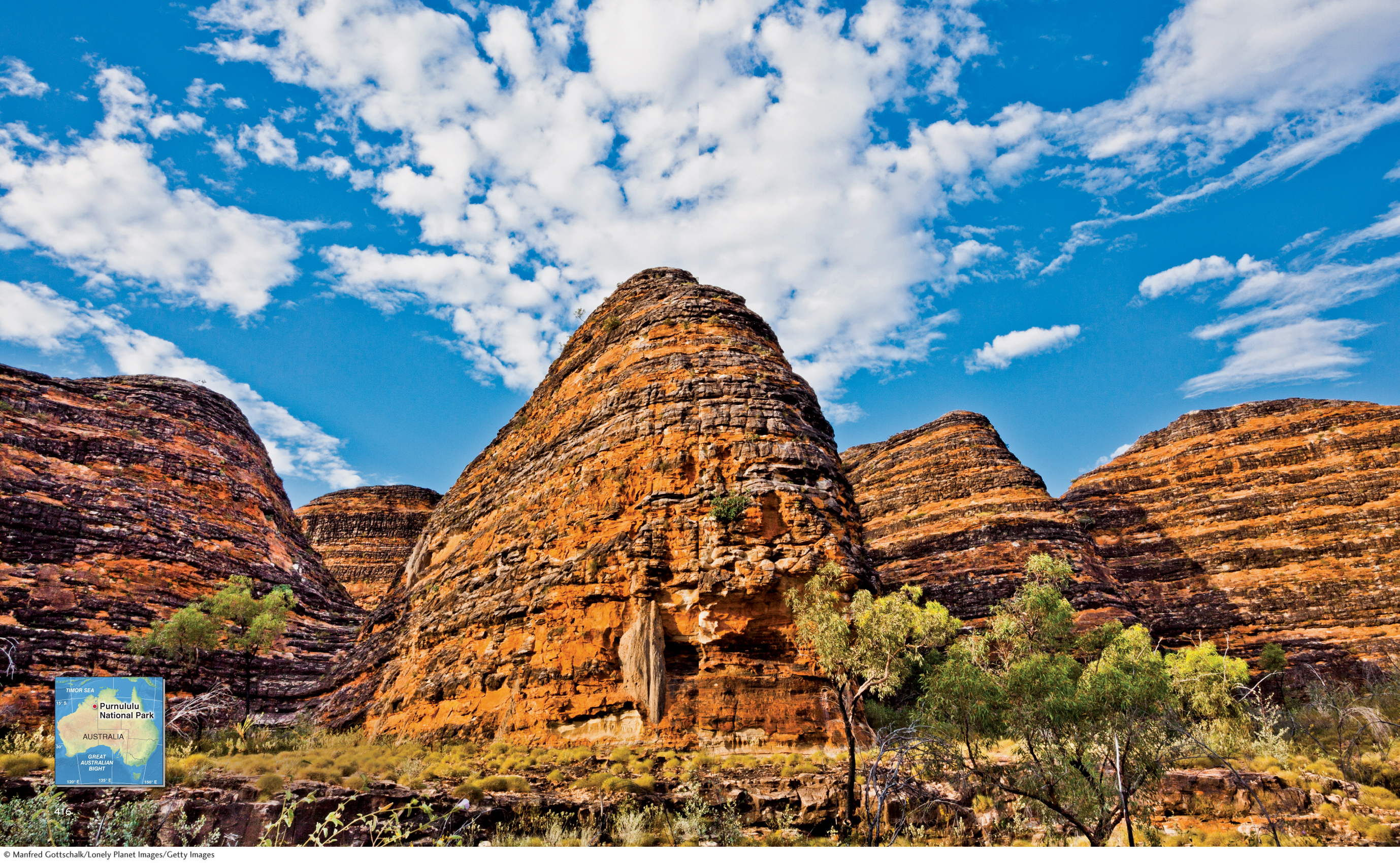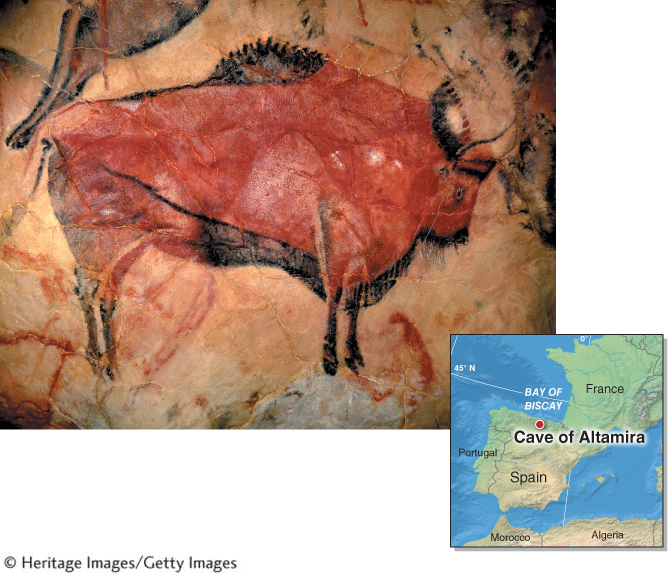Building the Crust with Rocks
13

LIVING PHYSICAL GEOGRAPHY
Why is ice classified as a mineral?
How are rocks formed?
What is coal?
What is fracking and why is it controversial?
THE BIG PICTURE
Plate tectonics drives the rock cycle that creates and transforms rocks. Natural gas deposits within layers of sedimentary rock are a controversial energy source.
LEARNING GOALS
After reading this chapter, you will be able to:
13.1
List the main mineral groups that make up rocks and discuss how rocks are formed, transformed, and recycled.
13.2
Describe the different types of igneous rocks and where they form.
13.3
Explain the three types of sedimentary rocks, where they form, and how they provide information about Earth’s history.
13.4
Explain where metamorphic rocks form and how they are categorized.
13.5
Assess the pros and cons of extracting natural gas trapped in shale through hydraulic fracturing.
THE HUMAN SPHERE:
People and Rocks
OUR SUCCESS AS A SPECIES IS DIRECTLY LINKED TO EARTH’S ROCKS. About 2.6 million years ago in eastern Africa, our early hominid ancestors began chipping and grinding rocks into tools. Those tools were not used for hunting. Instead, they were used for cutting and scraping meat from animal carcasses and breaking the bones for their marrow.
Through time, as humans evolved, so did their use of rocks and an increasingly wide range of Earth materials. In more recent prehistoric times, Paleolithic humans used materials derived from Earth’s crust in a wide range of applications, ranging from spear tips to pigments for cave murals like those in Figure 13.1.

Earth materials continue to be prominent in the lives of humans today. Earth materials such as copper and gold are used in electronics manufacturing. Diamonds and rubies are carefully cut and polished to make jewelry. Uranium, a mineral found in many rocks in Earth’s crust, is used in applications ranging from nuclear energy to atomic weaponry. Pencil lead (graphite), electronic circuitry (silicon and quartz), wallboard and concrete (gypsum), baby powder (talc), plant fertilizer (sulfur), soap (borax), and toothpaste (calcite) are all products of minerals and rocks derived from the crust. Coal has been among the most economically important rocks for the last century and a half. Coal fueled the Industrial Revolution and continues to power a large portion of the modern global economy. Humans could not have followed the path of increasing technological advancement without rocks, and our modern economy would not exist without fossil fuels, such as coal, from the ground.
This chapter explores how rocks are formed, the major rock types in Earth’s crust, and the tectonic context of rock formation. We also examine a growing controversy around a procedure that extracts natural gas from the ground.